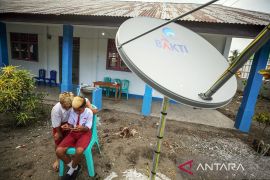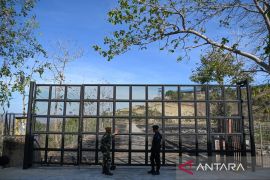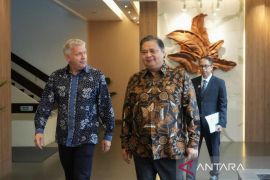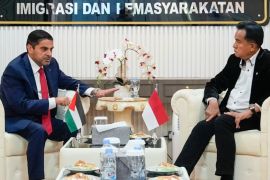"Guidance on the outlook, such as the guidance for energy, is very important to maintain balanced supply and demand in the regions mineral and metal markets," chairman of the ASEAN Plus Three Senior Officials Meeting on Minerals (ASOMM+3) R Sukhyar said here on Wednesday.
Some ASEAN members, such as Indonesia, the Philippines, Laos, Myanmar and Vietnam, are producers and exporters of metals and minerals, he pointed out.
He noted that Indonesia and the Philippines are the main producers of nickel ore in the region, while Laos is a leading producer of gold. Myanmar, Vietnam and Indonesia are tin exporters.
"Therefore, ASEAN is appropriately concerned about ensuring that supply and demand in the mineral and metal markets are balanced to ensure price stability," he added.
The head of the Geology Agency under the Ministry of Energy and Mineral Resources said China and Japan have, so far, imported large quantities of metal and mineral ores from Indonesia, especially nickel, which is processed to produce stainless steel.
He said Indonesias proposal had been received positively by the three ASEAN partners.
"In the ASOMM+3 meeting, they accepted the Indonesian proposal and even offered to assist in preparing the outlook," he added.
Sukhyar said the three countries also expressed willingness to help Indonesia and other ASEAN members to extract rare earth minerals from tin ore.
He pointed out that rare earth minerals have typically been discarded in the process of extraction, even though these minerals are used in the telecommunications industry.
In Indonesia, rare earth minerals can be found in the Sumatra province of Bangka-Belitung. But their extraction is minimal because the technology to separate rare earth minerals from other minerals is controlled by developed nations.
"Japan, within the framework of its cooperation with the ASEAN, has expressed its willingness to transfer the technology," he added. (*)
Editor: Heru Purwanto
Copyright © ANTARA 2013











